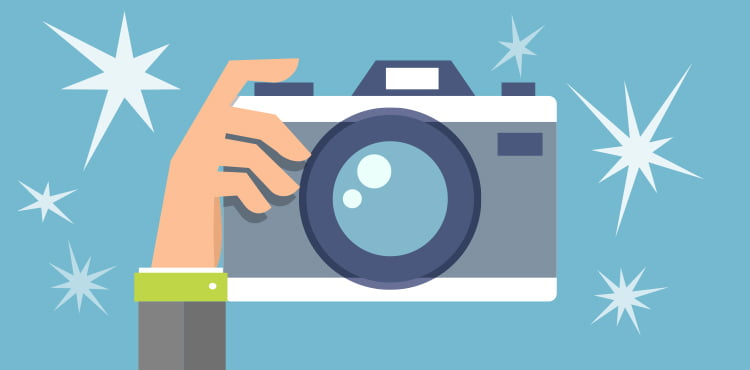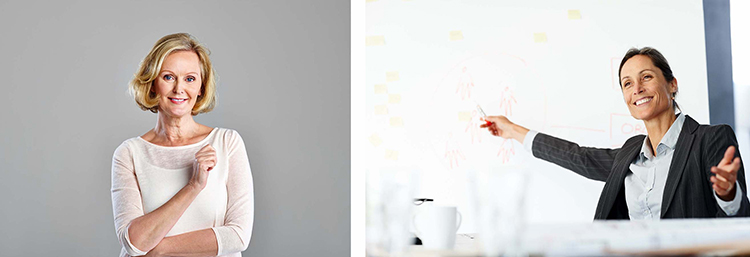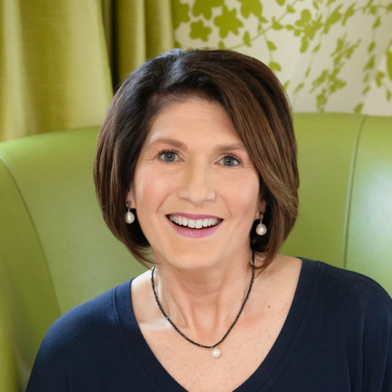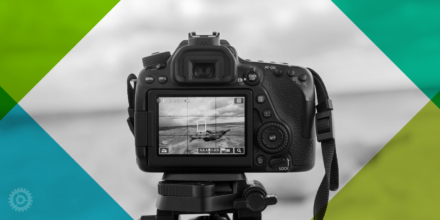
Photography has become a crucial part of promoting our firms. As marketers, we are regularly tasked with hiring photographers and finding stock photos for our website, blog and other marketing materials. Along the way, you may have heard the phrase “editorial photography” and wondered what it means. In this article I’ll explain how the word “editorial” is used and why it’s important to understand, both legally and stylistically.
Legal Meaning
If you peruse stock photo websites, you will often come across photos marked as “Editorial Use Only.” An editorial use photo is typically one that shows a person or property (building or product), but does not have a release document giving permission by that person or property owner to use the image. Legally, editorial images can’t be used for commercial, promotional, or advertising purposes. They are intended to accompany articles that are newsworthy, informative, or educational (for example, in a whitepaper, newspaper or magazine article).
For example, if you are creating a presentation for a training session that you will give to employees at your firm, you are probably safe using an editorial photo to illustrate a point. But if you use that same presentation for a pay-for-webinar, or you publish the presentation to your website, an editorial photo should not be used.
Using editorial images in a news or blog post is a bit of a “gray area.” Although your article may be purely educational, it could be argued that the article itself is a form of advertising and promotion for your firm. For that reason, I always advise contacting the stock agency to confirm usage rights prior to licensing an editorial image.
In general, when you “purchase” a photo from a stock photo site, you must always read the licensing terms carefully. If you “find a photo on the web,” be very cautious how you use it. (See this post for more info on usage rights).
Stylistic Meaning
When working with photographers to capture custom photos, the word “editorial” can take on a different, but related, meaning. “Editorial photographers” is a phrase used for shooters who work for newspapers, capturing events as they happen. They go to games, political events, rallies, parades, etc. For that reason, the shots they take are typically un-posed and natural in appearance. Thus, “editorial style” photos describe images that look candid.
Compare these two group photos:
In both shots we see a group of businesspeople around a conference table. But the left photo looks posed and stiff. The people are totally aware they are having their picture taken.
In the right shot, we feel like the meeting is still in progress and we are one of the people at the table. The people look relaxed and natural. Also note the shallow depth of field — the focus is selective, on the foreground people only, while those farther away are blurry. All of these techniques contribute to the authentic, editorial feeling of the second image.
Compare these two portraits:
There is no question the photo on the left is formal and posed. In contrast, the shot on the right looks truly candid. The woman is caught in the moment, explaining a point and gesturing as many of us do when we are engaged in conversation.
In the two photos above, both show a businessman standing, in a traditional pose. Both men are looking at the camera. Yet the man on the left appears posed, while the man on the right looks relaxed. Why? Subtleties can make a big difference in portraiture. Notice how the man on the left has his weight evenly distributed on both legs. Try doing this, and I guarantee you’ll feel awkward after a few seconds (or a bit like Wonder Woman). The lighting in the left-hand photo is fairly flat and even, which doesn’t happen often in nature. Conversely, the man on the right seems like he was just gazing out the window and looked over as we entered the room.
To sum up, editorial style photography has a real, authentic look about it. It may not be appropriate for all needs, but it truly helps convey the personality of your firm much more so than traditional, posed photos.
Vanessa’s article first appeared in SMPS Boston’s Outlook, .







